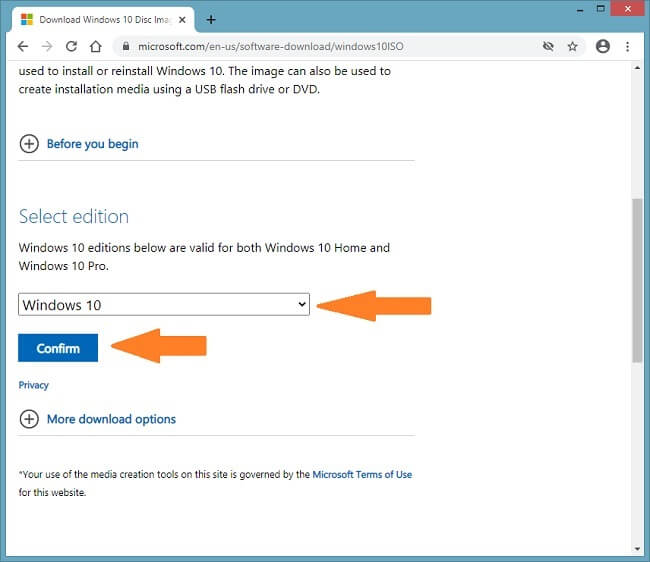

The advantages of creating virtual units are many, like using programs that are only compatible with one operating system or the other, taking the virtual modular units with you, and creating backup copies of them.
:max_bytes(150000):strip_icc()/OpenInNewFinderTab-56f5a45e5f9b582986652964.jpg)
#MAC OSX DOWNLOAD FOR VIRTUAL BOX MAC OS X#
The program supports almost all versions of the most recent operating systems, such as Windows 10, Mac OS X Yosemite, and the latest updates of Ubuntu or any other Linux distribution. You have to take into account that these take part of the actual physical resources of your computer, so you need equipment that is powerful enough to run both the guest and host operating systems. Download the mac OS X El Capitan virtualbox disk, and unzip it.
#MAC OSX DOWNLOAD FOR VIRTUAL BOX INSTALL#
The virtual disc where the system runs is completely customizable, and it lets you modify the virtual hardware to whatever specs you need, be it the processor, the RAM memory, or the storage capacity. Download virtualbox (I’m using version 5.1) and install it, along with Winrar or 7zip and some torrent downloading software if you don’t have those already. VirtualBox is an open-source and multi-platform tool, available for Windows, Linux, and Mac OS X, as well as other operating systems, that lets you create virtual disc units where you can install a guest operating system, inside the one on your own computer, and use it as if it were actually installed.


 0 kommentar(er)
0 kommentar(er)
